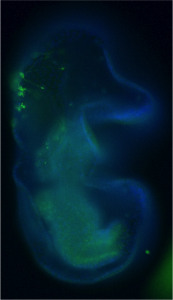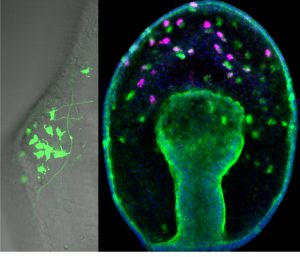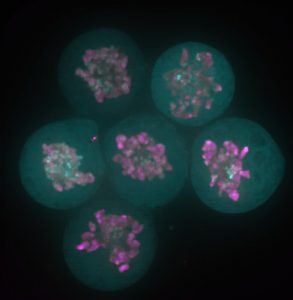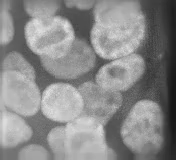Technical Research Assistant II. Pourquie lab. Harvard Medical School/Brigham and Women’s Hospital
Posted by Olivier Pourquie, on 23 November 2016
Closing Date: 15 March 2021
Job Location: Brigham and Women’s Hospital, Development of Musculo-Skeletal Axis/Pourquié Lab, Boston MA
JOB SUMMARY:
Working under the general supervision of the Principal Investigator and on a day-to-day basis instructed by the Lab manager and Project supervisor(s) to contribute to research activities and lab operations to reach scientific goals. In accordance with established hospital policies and procedures, executes experiments involving in vitro protocols and cellular models for research studies targeting skeletal muscle, spine, dermis (paraxial mesoderm) development. Work additionally with in vivo embryo experimental systems (mouse, chicken). In addition, responsible for maintaining a moderately complex murine colony, laboratory supply inventory, cell culture room operation, and supporting lab safety compliance.
Principal duties and responsibilities will be:
- Conducts research protocols autonomously and/or in team involving in vitro protocols and cellular models for research studies targeting skeletal muscles, spine and dermis (paraxial mesoderm) development.
- Using aseptic technique, maintains tissue cultures and manipulates cell lines in a variety of complex experimental conditions including live-cell microscopy/imaging, library screens, and flow cytometry.
- Tasks include processing cell culture, embryonic tissue for live-cell or histologic examination and conducting subsequent immunohistochemical and molecular analyses. Perform procedures such as DNA extraction, conventional PCR and real time PCR, western blotting, and time-lapse imaging.
- Establishes and maintains a moderately complex mouse colony for the laboratory with responsibility for proper care, counts, inventory. May performs injections, some surgical procedures, microdissection and necropsy, following established and approved protocols. In collaboration with Project supervisor(s) , establishes new and modifies existing research methodologies and protocols.
- Collect and Analyzes data , assists with data preparation toward manuscript publication and grant applications.
- Documents accurately experimental work and research output
- Reports and discusses progress of work regularly with Project supervisor and Principal Investigator.
- Maintains lab supplies and reagent inventories
- Coordinates lab compliance with institutional policies and procedures in the areas of safety, environmental and infection control, under Lab manager supervision
- Assist in orientating and training new lab members, rotation students in area of expertise when required.
- Perform all other duties and responsibilities as directed, including both research and administrative duties.
Qualifications:
- Master of Science in a biological science required.
- Minimum 3 year hands-on experience with cell culture assays, preferably pluripotent stem cells.
- Experience with laboratory mouse colony maintenance helpful, but not required.
Skills/Abilities/Competencies Required:
- Sound analytical and organizational skills.
- High degree of computer literacy.
- Careful attention to detail with good, detail-oriented observational skills.
- Willingness and ability to conduct in vivo (mouse) experiments.
- Excellent oral and written communication skills.
- Must have sound interpersonal skills. Ability to constructively interact with members of a research team to pursue scientific goals is a necessity.
- Ability to work closely with Project supervisor (s)
Working Conditions:
- Normal research laboratory environment.
- Exposure to laboratory reagents, chemicals, and animal and human tissues under controlled conditions. Minimal risk when following established protocols and federal, state, and hospital guidelines.
To apply to this position please send your resume and cover letter to jchal@partners.org


 (No Ratings Yet)
(No Ratings Yet)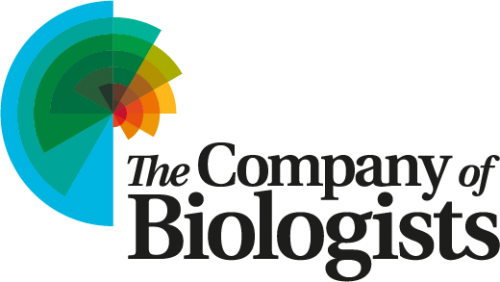
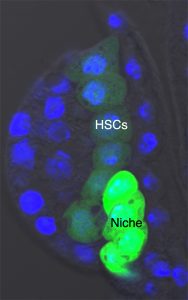
 (5 votes)
(5 votes)